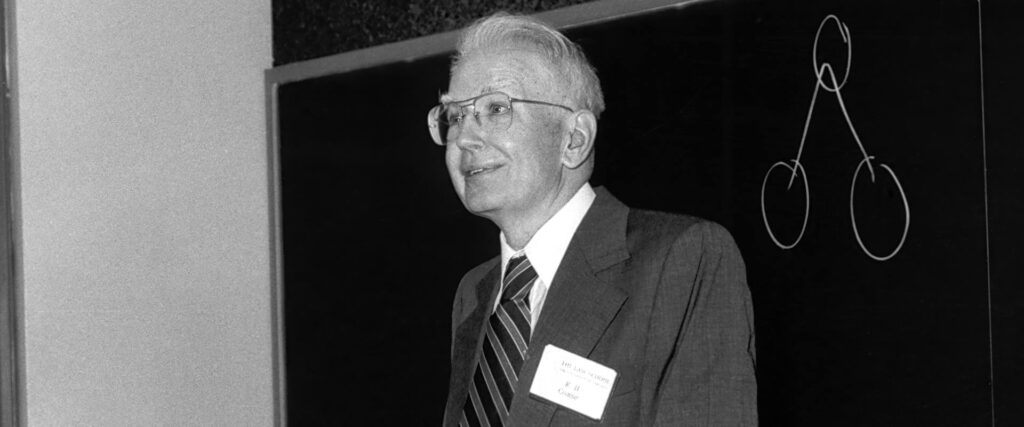“If you torture the Data for long enough, it will confess” – Ronald Coase
The Coase theorem is a fundamental principle in the study of law and economics, and it has been applied to various practical issues such as pollution, congestion, and land use.
One of the most famous examples of the Coase theorem is the “problem of social cost.” In this example, a factory owner pollutes a river, causing damage to farmers downstream. The Coase theorem suggests that if the factory owner and the farmers can negotiate and bargain over the use of the river, and the transaction costs of such negotiation are low, then an efficient allocation of resources will result. This means that if the factory owner is willing to pay the farmers enough compensation, the farmers will agree to allow the pollution, and the factory owner will be able to continue operating.
Another example is the “problem of traffic congestion.” Here, the Coase theorem suggests that if drivers can negotiate and bargain over the use of a congested road, and the transaction costs of such negotiation are low, then an efficient allocation of resources will result. This means that if the drivers are willing to pay enough to use the road at peak times, the road will be used efficiently.
The Coase theorem also applies in the context of land use. For example, if a landowner and a developer can negotiate and bargain over the use of a piece of land, and the transaction costs of such negotiation are low, then an efficient allocation of resources will result. This means that if the developer is willing to pay the landowner enough, the land will be developed in an efficient way, and the landowner will be compensated.
However, it is important to note that the Coase theorem assumes that the transaction costs are low, and that property rights are well-defined. In reality, transaction costs can be quite high, and property rights may be poorly defined or difficult to enforce. When this is the case, government intervention may be necessary to achieve an efficient outcome.
Let’s see an example:
An example to illustrate the calculations of the Coase theorem using the example of the “problem of social cost.”
Let’s say a factory owner is polluting a river, causing damage to farmers downstream. The factory owner values the production at $1000, and the farmers value the pollution-free river at $800. The damage caused by the pollution is $200.
The Coase theorem suggests that if the factory owner and the farmers can negotiate and bargain over the use of the river, and the transaction costs of such negotiation are low, then an efficient allocation of resources will result.
One way to achieve an efficient outcome is for the factory owner to compensate the farmers for the damage caused by the pollution. If the factory owner pays the farmers $200 in compensation, the farmers will agree to allow the pollution, and the factory owner will be able to continue operating. In this case, the total value of the river and factory production is $1000 + $800 = $1800, and the total cost of the pollution and compensation is $200 + $200 = $400. Therefore, the net gain is $1800 – $400 = $1400.
Alternatively, the factory owner and the farmers could agree to reduce the pollution, for example, by installing a pollution control device. This would reduce the damage caused to the farmers, and the factory owner would incur additional costs to install the device. In this case, the total value of the river and factory production is $1000 + $800 = $1800, and the total cost of the pollution control device is $500. Therefore, the net gain is $1800 – $500 = $1300.
Either way, the Coase theorem suggests that if the factory owner and the farmers can negotiate and bargain over the use of the river, and the transaction costs of such negotiation are low, then an efficient allocation of resources will result, and the net gain will be maximized.
It is important to note that these calculations are based on the assumption of risk-neutrality and constant values of the utility function, in reality, the values and preferences of each party can change over time, and the calculation will be more complex.
